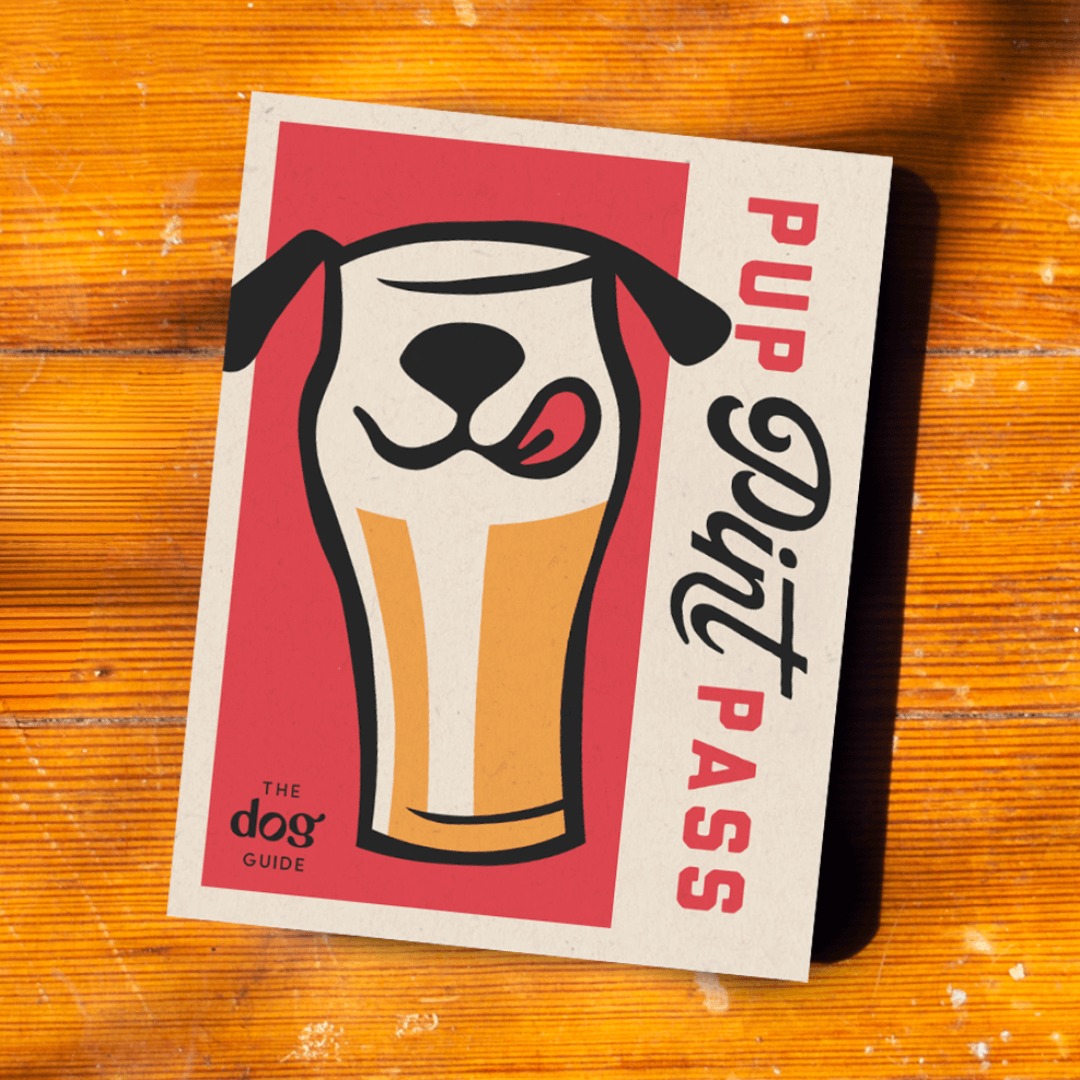 Dogs have lived and worked side by side with us humans for millennia, surviving off of our food scraps, ranging anywhere from leftover meat carcasses to cabbages and potatoes and anything we could spare. The notion of manufacturing a standard food for dogs is still fairly new in the history of our relationship with our pups.
Dogs have lived and worked side by side with us humans for millennia, surviving off of our food scraps, ranging anywhere from leftover meat carcasses to cabbages and potatoes and anything we could spare. The notion of manufacturing a standard food for dogs is still fairly new in the history of our relationship with our pups.
In the 1850s, a man named James Spratt witnessed some ship crew members tossing leftover biscuits to dogs at the dock. These biscuits were made with only salt, water, and flour, yet when baked and hardened, they lasted for months as a reliable food source out at sea. Spratt saw the opportunity to create a convenient, long-lasting dog food, and the industry kicked off from there!
Nowadays, there are so many options to choose from at your local pet shop, and so much more information and research to go along with it! We’ve compiled the six most common types of food to feed your dog, with some pros and cons to consider before switching diets.
Kibble or Dry Dog Food
Pros:
- Can be cost effective
- Stores well for longest period of time
- Available in a wide range of choices that are formulated for nutritional completeness
- Requires no preparation and is the most convenient
Cons:
- Low-quality ingredients may be used
- May be carbohydrate heavy
- Ingredient quality will vary and is difficult to determine
- Many brands include unhealthy fillers and artificial colors and flavors
Canned or Wet Dog Food
Pros:
- Has a high moisture content and thus can be more appetizing to picky dogs and less likely to be as processed as kibble
- No preparation required and is shelf stable for a long time.
Cons:
- Usually more expensive than kibble
- Low-quality ingredients may be used
- Often smelly for humans!
Dehydrated Dog Food
Pros:
- Often made with fresh and minimally processed ingredients
- No preservatives are used because moisture is removed
Cons:
- Often much more expensive to purchase
Freeze-Dried Dog Food
Pros:
- Very minimally processed, yet is very lightweight and shelf stable
- High quality ingredients are often used
Cons:
- The most expensive of the types of dog food
- Most freeze dried foods are sold for supplemental feeding and may be difficult to source a balanced food
Commercial Premade Raw Dog Food:
Pros:
- Uses fresh, unprocessed ingredients
- Closest to the species appropriate diet of wild and ancestral dogs
- Retain all of its nutrition from each ingredient in forms that can improve energy levels and stamina in all dogs
- Raw feeders also report much smaller and improved stool quality
- Enzymes in raw meat provide great dental benefits, as well as skin and coat health
Cons:
- May be risky for immunocompromised dogs
- Difficult to travel with
- Takes up freezer and refrigerator space
Homemade Dog Food – Includes Cooked and Raw
Pros:
- You’re in control of exactly what your dog is eating
- Ingredients are minimally processed and fresh
Cons:
- Unless working with a professional, it is easy to miscalculate ingredients and put your dog at risk of nutritional deficiency
- Big time investment
- Depending on quality of ingredients, can be potentially costly
Keep in mind that there is no single dog food that is *the best* food to feed for all dogs. The most important thing to remember is to feed the dog(s) in front of you, listen and watch for what they need for the lifestyle and health concerns they may have.
Many local stores that are always happy to consult about nutrition and dog food include SouthPaw Waggery, Fifi and Fido’s Pet Boutique, and Paw Basics. Of course, please always consult your veterinarian if your dog has any preexisting health or diet concerns.
More articles on feeding your pup:

